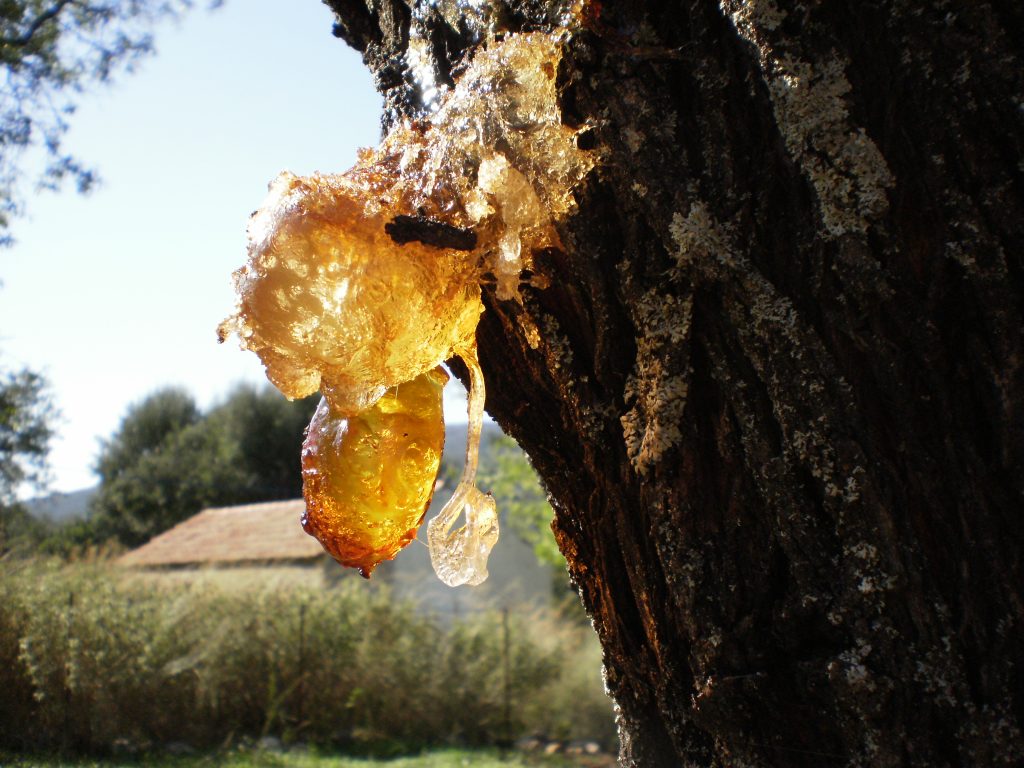Awakening Part 2: Vulcanization and Luffy’s Affinity for Fire
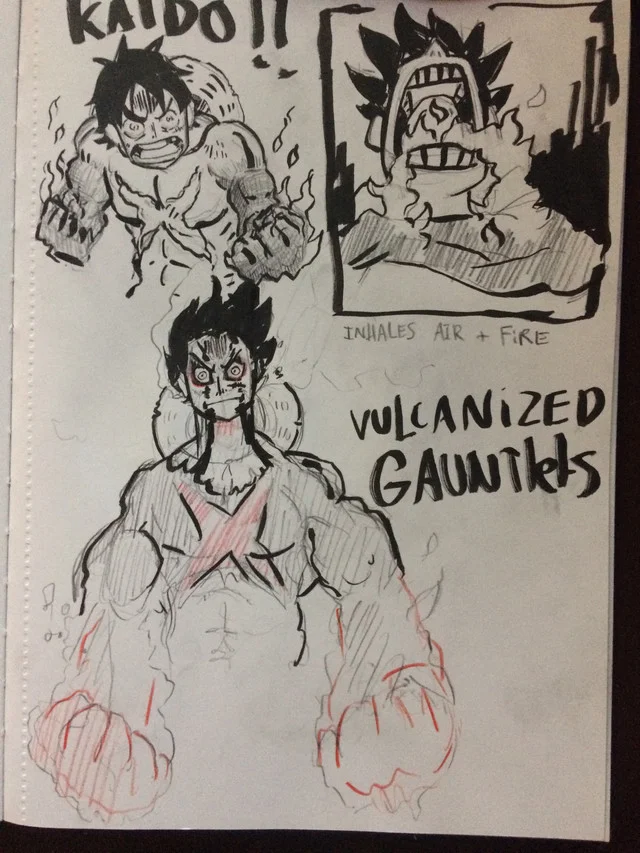
Also known as curing, vulcanization is a process invented to improve the physical and heat resistance properties of rubber. It is done through heating with sulfur, which acts as a bond between the smaller molecular chains of natural rubber. This example shows the molecular chains and how they change through the process.
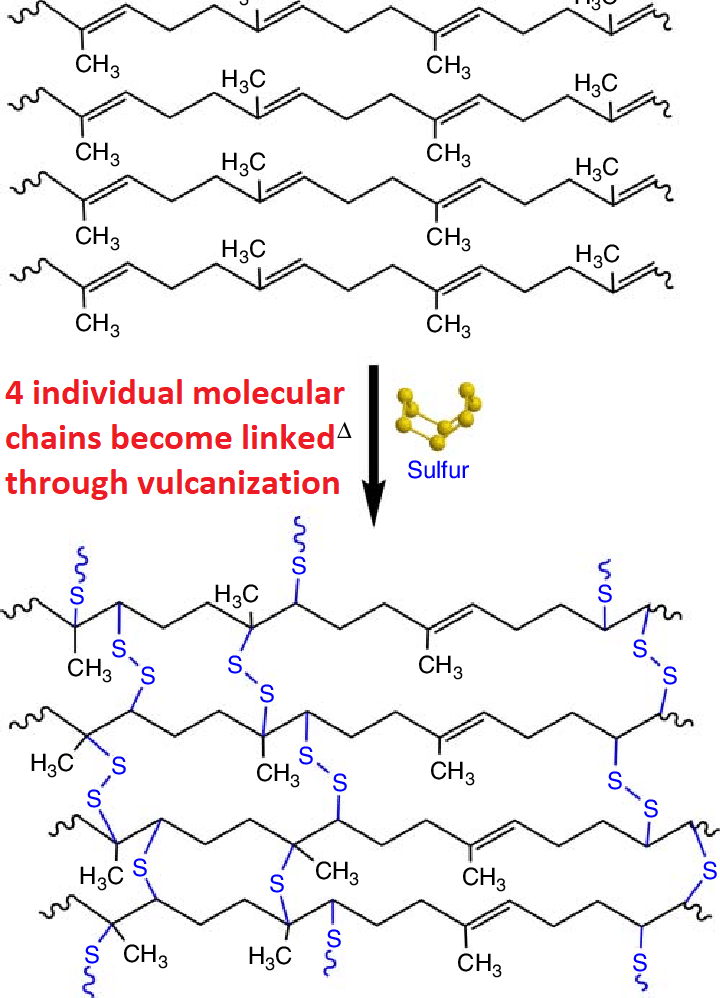
The longer molecular chains provide stronger mechanical properties and higher heat resistance. These bonds are called cross-links and they are what make processed rubber stronger and more resistant than crude, natural rubber. Continuing the vulcanization process for longer creates more bonds and changes rubber into “hard rubber” (real creative, I know). Examples are rubber mallets and shopping cart wheels.
A common misinterpretation(at least from a scientific standpoint) is that Red Hawk is explained purely through vulcanization, but that process requires heat to be introduced before the chemical reaction starts. There’s more involved than just vulcanization.
So how does this relate to Awakening? How can Luffy apply this?
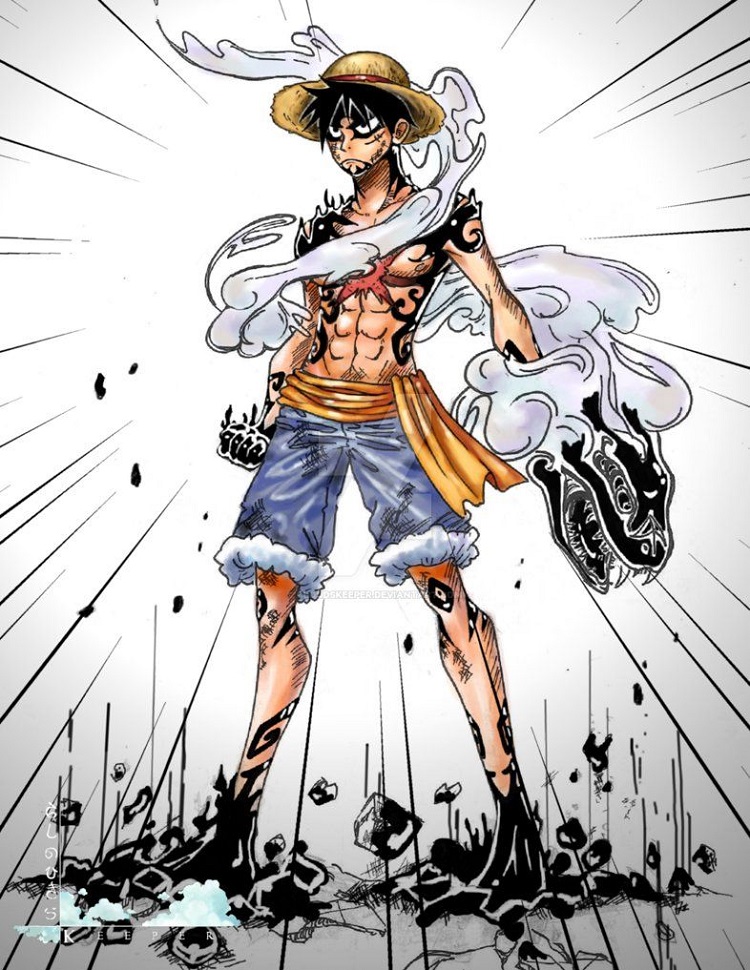
If Luffy’s Awakening is that he can now vulcanize, he could absorb the fire and use it to change the properties of his rubber. Vulcanization can make Luffy’s rubber stronger, harder, and more resistant to heat, but would come at the expense of some stretching ability.
Note – There’s not necessarily any sulfur around Onigashima, but that’d get more into chemistry than I’d expect Oda to do in this series.
In Chapter 1043 and many previous chapters, the fire spreading around Onigashima is constantly referenced as a major problem. I think that Luffy will be the one to quell those flames, and that is why that plot point hasn’t been resolved yet.
If Luffy is worthy of being called Joy Boy, then he is also worthy of being called the Sun God. What better feat could the Sun God debut with than an absorption of an all consuming fire, like the sun itself?
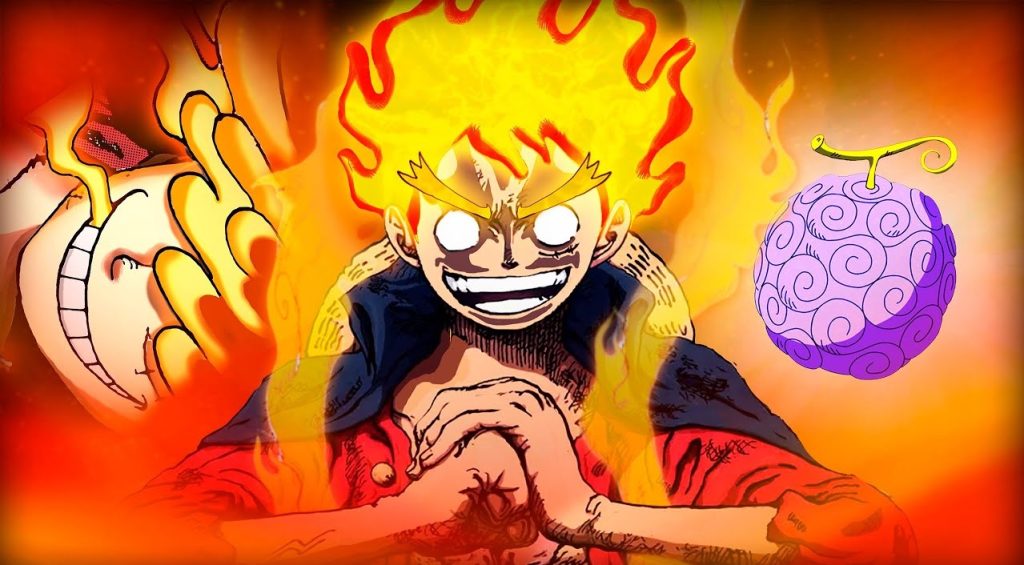
This piggybacks off of why sulfur wouldn’t be necessary to the vulcanization process in One Piece. From a chemistry standpoint, vulcanization is basically just the creation of strong bonds that join multiple individual molecular chains together.
In Chapter 1043, there is a huge focus on bonds and the resilient will of Luffy and allies. These strong bonds that Luffy forms everywhere he goes are a major recurring theme as mentioned by Mihawk in Marineford (“the most fearsome ability”). Could it be the strength of these bonds that cannot even be broken in death that caused the awakening of the Gomu Gomu no Mi and Joy Boy?
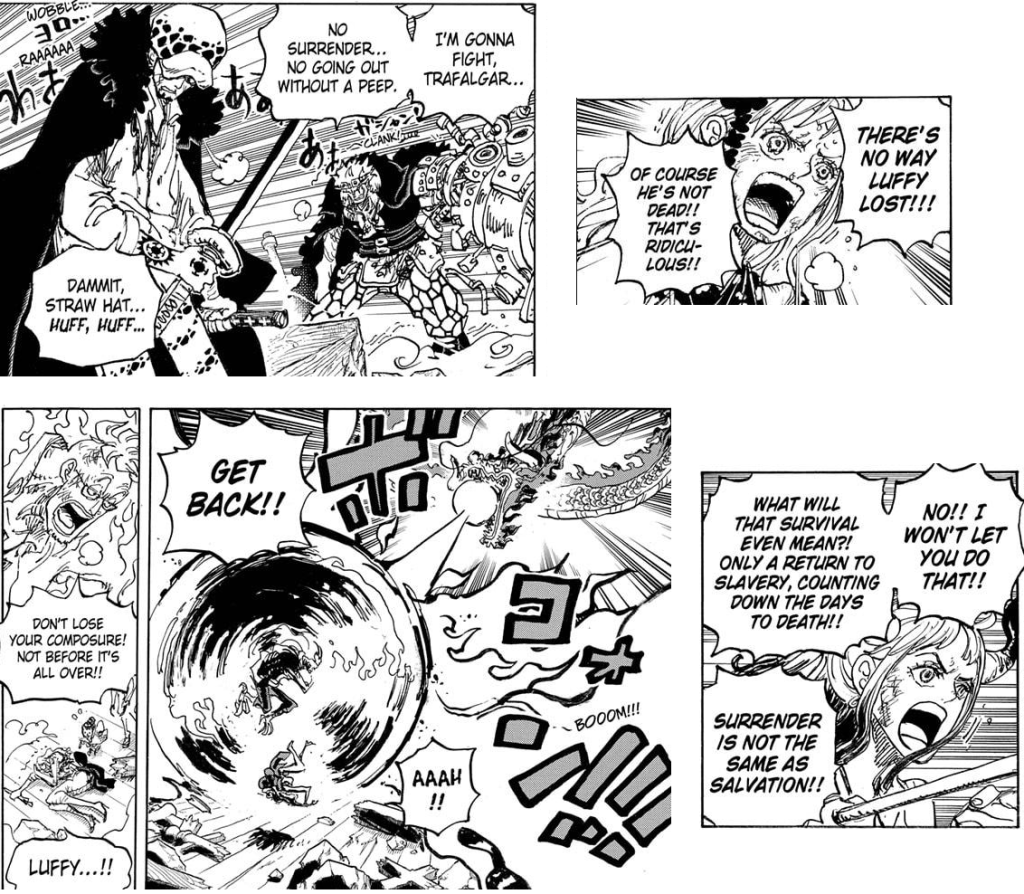
Awakening Part 3: The Basis of Rubber

Common speculation is that the color spread for Chapter 1039 foreshadows Luffy’s devil fruit Awakening as seen on the last panel of 1043.

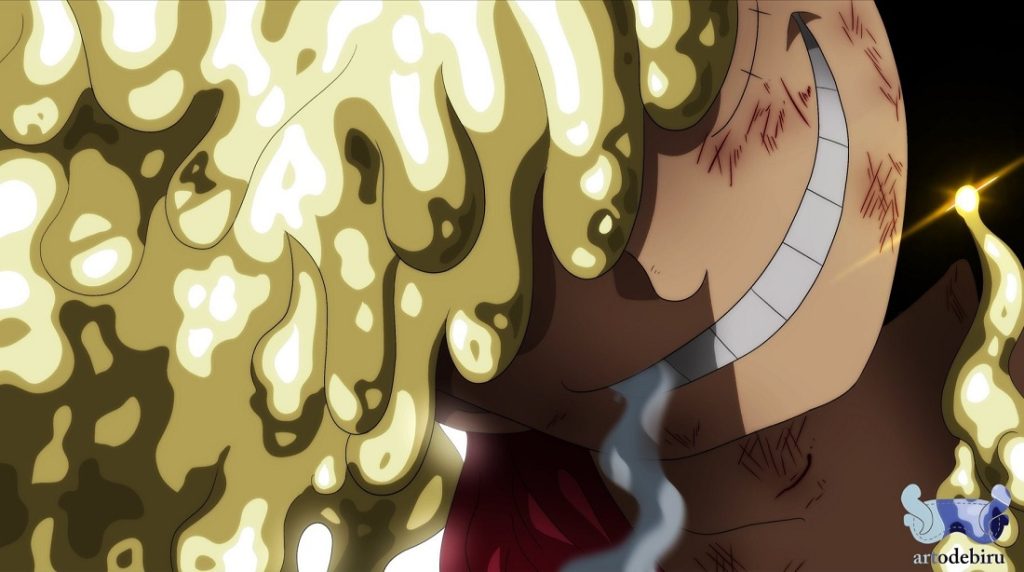
I know these materials are common sources of theories in the community, so my goal here is moreso to provide additional context on each one, not to claim I invented this theory myself.
Note – The most common early source of rubber was from the species Hevea braziliensis, which as the name suggests, is native to the Amazon forest in Brazil. Luffy’s real-world nationality being Brazilian is not a coincidence here.
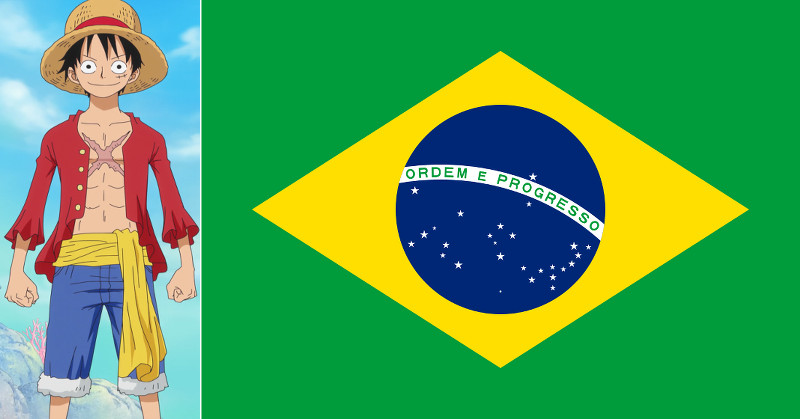
Oil
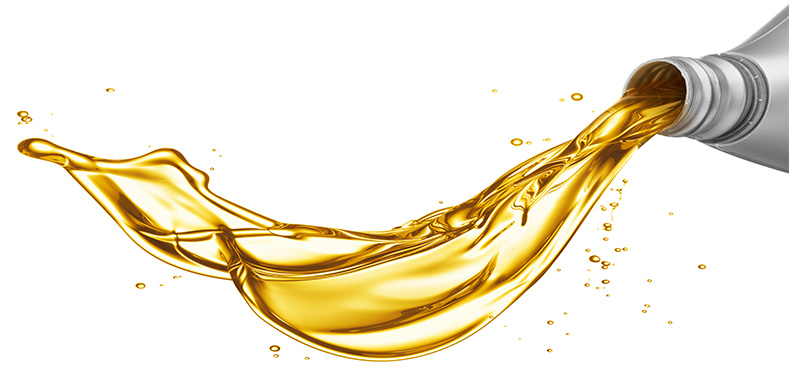
Most of us are already familiar with oil, so I’ll keep this rather brief. It is also the less likely explanation in my opinion, but I’m still including it since it does have relevance to the science of polymers and rubber.
Oil is most commonly used as fuel, lubricant, or in hydraulics. The first two are pretty self-explanatory, but hydraulics are more complicated. Basically, oil is compressed in order to move cylinders that allow for the movement of much heavier objects. This sounds somewhat similar to how Luffy forces his blood to circulate in Gear 2nd.
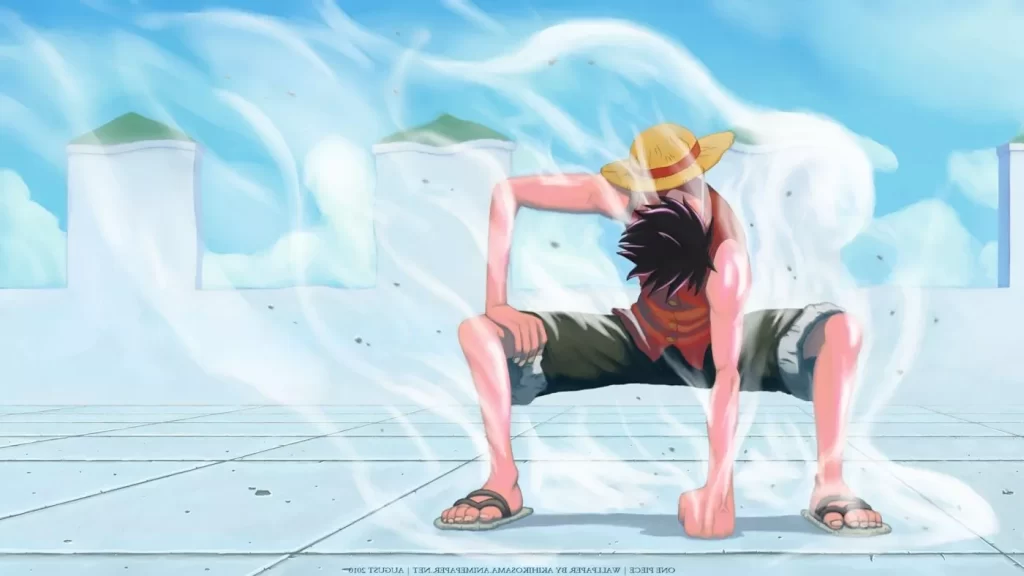
Latex & Resin
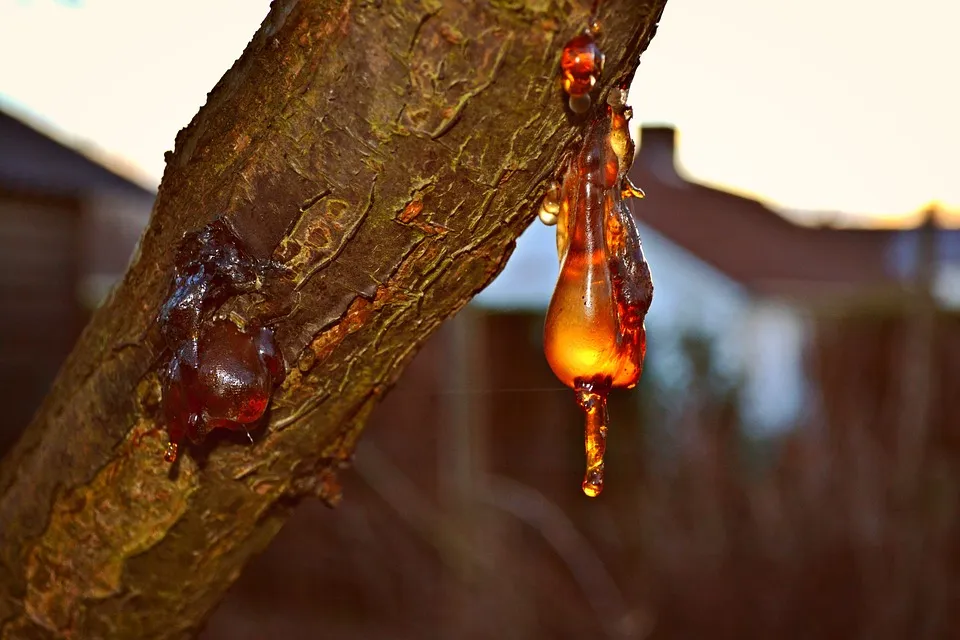
These materials are distinct from each other, but are similar enough in function that I’ve grouped them together. I will attempt to differentiate them as best I can, but this is new information for me.
Derived from the Latin for “liquid”, latex is a substance produced as a defense mechanism for the plant. When tissue damage occurs, latex is secreted, and it coagulates (turns from a liquid to a sticky gel) upon exposure to air. This coagulation causes latex to be extremely sticky, which traps insects in place.
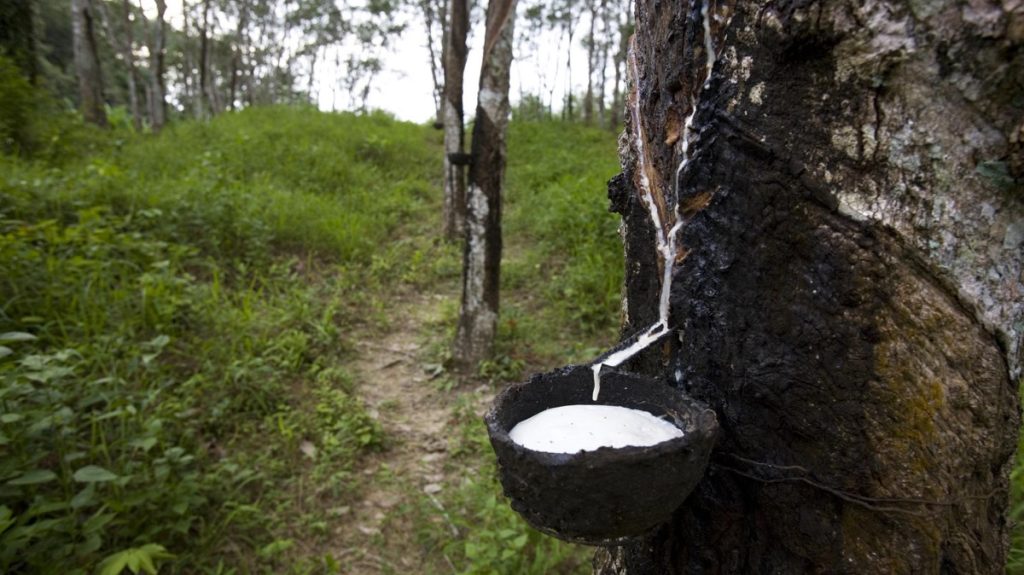
Resin is also a material that is produced by plants as a defense mechanism, but it is produced in a different manner (I don’t know how to explain the difference in production in a way that makes sense, as I don’t have that level of knowledge of biology).
The major difference for resin is that it does not coagulate upon exposure to air; it hardens instead. The resin is secreted at the damage site in order to “bandage” the tissue damage. Because the resin hardens when exposed to air, insects may become permanently trapped in the resin. Fossilized resin is referred to as amber, which is used to study ancient biology since it preserves the trapped insects so well.
